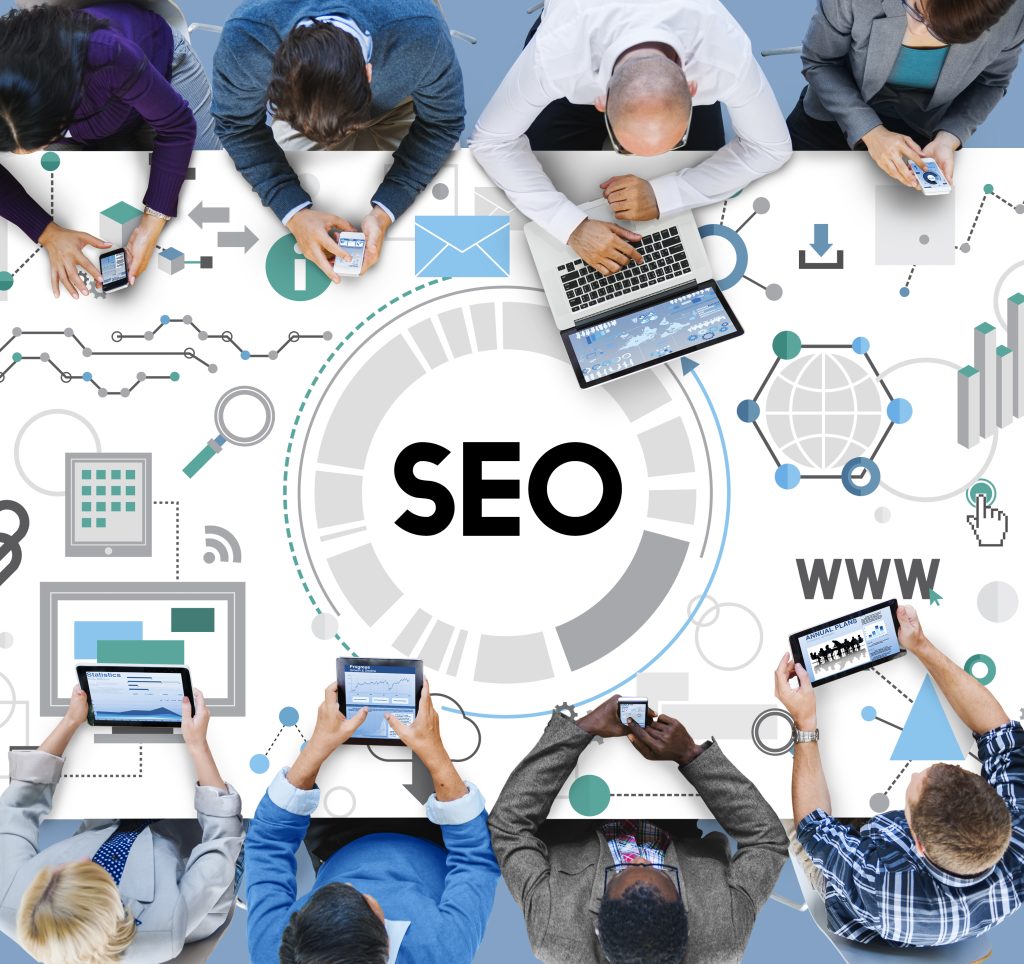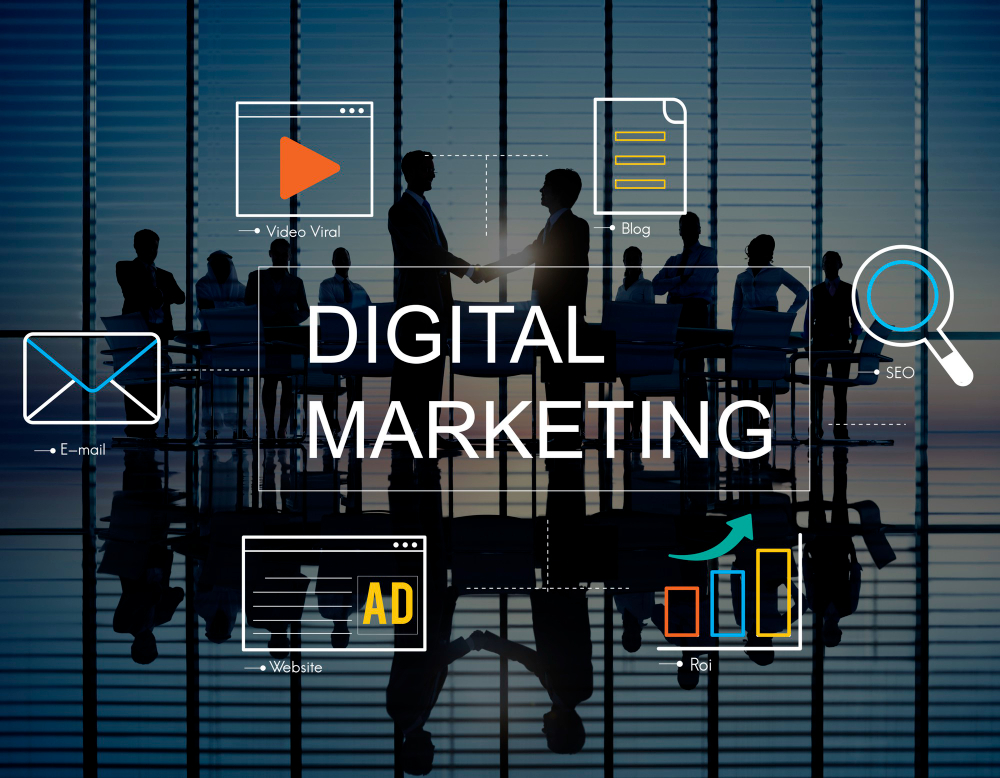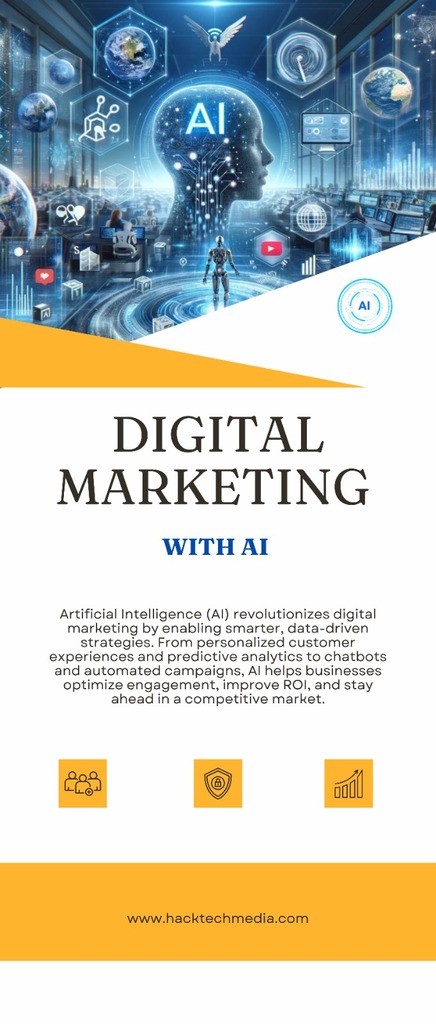
As we move further into the 21st century, the integration of artificial intelligence (AI) into the workplace is becoming increasingly pronounced. Many people are understandably concerned about the future of work, particularly regarding the potential displacement of human jobs. This blog explores the complex relationship between AI and employment, examining the impact of automation, workforce transformation, and the evolving nature of jobs.
Understanding the Impact of AI on Jobs
AI and automation have already begun reshaping various industries, from manufacturing to healthcare. Tasks that were once performed solely by humans are now being completed by machines with remarkable speed and accuracy. While this can lead to increased efficiency and productivity, it also raises important questions about job displacement.
Job Displacement vs. Job Transformation
Job displacement refers to the loss of jobs due to technological advancements, while job transformation involves the evolution of existing roles to incorporate new technologies. AI may automate certain tasks, but it also creates new opportunities and changes the nature of many jobs. For instance, roles in data analysis, AI training, and AI ethics are on the rise as organizations adapt to these technologies.
The Automation Impact
Certain sectors are more susceptible to job displacement than others. Routine and repetitive tasks, such as data entry and assembly line work, are particularly vulnerable to automation. According to various studies, jobs that involve predictable and structured tasks are at a higher risk of being automated. However, jobs that require complex decision-making, emotional intelligence, and creativity are less likely to be replaced by AI.
Workforce Transformation
The introduction of AI necessitates a transformation in the workforce. Organizations must rethink their structures, roles, and the skills required for their employees to thrive in this new environment. This transformation involves:
1. Human-AI Collaboration
Rather than viewing AI as a replacement for human workers, organizations can adopt a collaborative approach. In many cases, AI can augment human capabilities, enabling workers to focus on higher-value tasks. For example, AI can assist with data analysis, freeing up employees to engage in strategic thinking and creative problem-solving.
2. Employment Trends
Current employment trends indicate a shift towards jobs that require technological proficiency. As AI becomes more integrated into the workplace, roles that involve managing, interpreting, and working alongside AI systems will become increasingly important. This shift underscores the need for a workforce that is adaptable and prepared for ongoing change.
Skills for the Future
To remain competitive in the job market, employees must develop skills that align with the demands of an AI-driven economy. Key skills include:
1. Technical Skills
Understanding AI technologies, data analysis, and programming will be critical for many jobs. Training in these areas can provide employees with the tools they need to work effectively with AI.
2. Soft Skills
While technical skills are essential, soft skills such as communication, empathy, and critical thinking will also be in high demand. These skills are difficult for AI to replicate and will be vital for roles that require human interaction and judgment.
3. Continuous Learning
The pace of change in technology means that employees must be committed to lifelong learning. Reskilling and upskilling will be essential for adapting to new tools and methodologies. Organizations that invest in employee development will foster a culture of adaptability and innovation.
Reskilling and Upskilling
As AI and automation continue to evolve, organizations must prioritize reskilling and upskilling their workforce. This involves:
1. Training Programs
Companies should implement training programs that focus on developing both technical and soft skills. These programs can take various forms, including workshops, online courses, and mentorship opportunities.
2. Collaboration with Educational Institutions
Partnerships with universities and training centers can help organizations create tailored programs that address specific skill gaps within their workforce. This collaboration can also help prepare future employees for the demands of an AI-driven job market.
3. Encouraging a Growth Mindset
Fostering a growth mindset within the organization encourages employees to embrace learning and development. By creating an environment that values continuous improvement, organizations can better equip their teams to adapt to change.
The Future of Work: A Balanced Perspective
While concerns about job displacement are valid, it’s important to recognize the potential benefits of AI in the workplace. Automation can lead to greater efficiency, lower costs, and improved job satisfaction as employees are freed from mundane tasks to focus on more engaging work.
1. Job Creation
AI and automation are expected to create new job categories that did not exist before. As organizations adopt these technologies, they will require talent in areas such as AI ethics, machine learning engineering, and user experience design. The key will be to ensure that workers are prepared to transition into these emerging roles.
2. Enhanced Work-Life Balance
By automating routine tasks, employees can achieve a better work-life balance. This can lead to increased job satisfaction and retention, as workers are able to focus on more meaningful and fulfilling activities in their professional lives.
3. Economic Growth
The integration of AI into various sectors has the potential to drive economic growth. Increased efficiency and innovation can lead to the creation of new markets and business opportunities, ultimately benefiting the economy as a whole.
The future of work in an AI-driven world is a multifaceted issue that requires careful consideration and proactive measures. While AI and automation may lead to job displacement in certain areas, they also present opportunities for workforce transformation, enhanced collaboration, and the creation of new roles.
By focusing on reskilling and upskilling, organizations can prepare their employees for the demands of the future. A balanced perspective acknowledges both the challenges and opportunities that AI brings, emphasizing the importance of human adaptability and collaboration in the workplace.
In navigating this transformation, businesses, employees, and educational institutions must work together to ensure that the workforce is equipped with the skills needed for success. By embracing the potential of AI while prioritizing human contributions, we can build a future where technology and humanity coexist harmoniously, driving innovation and growth in the world of work







